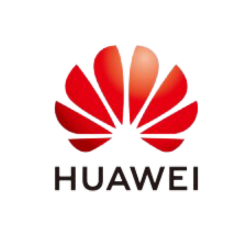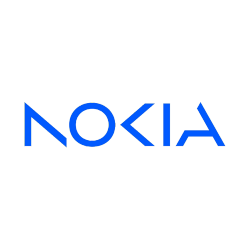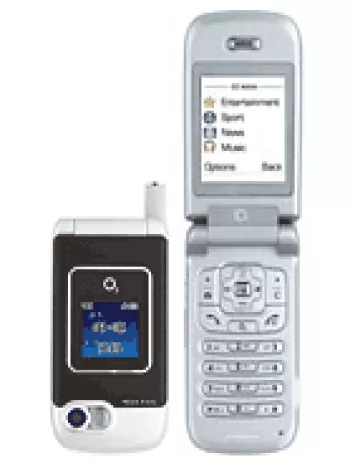
Overview of the O2 XDA Atom Exec
The O2 XDA Atom Exec was a formidable device in the world of early smartphones, offering a blend of communication, multimedia, and productivity features. Announced in June 2006, the Atom Exec became an important milestone for both its manufacturer and its users, providing a glimpse into the future of integrated mobile technology. Despite its eventual discontinuation, the smartphone remains a memorable piece of technology for many enthusiasts due to its innovative features and compact design.
Design and Display
The Atom Exec sports a compact design, measuring 102 x 58 x 18.5 mm and weighing 140 grams. Its dimensions make it a portable and convenient device for users who need a robust tool on the go. The design includes a Mini-SIM slot and is characterized by a classic silver finish.
The front of the device is dominated by a 2.7-inch TFT resistive touchscreen, capable of displaying 256K colors (65K effective). With a resolution of 240 x 320 pixels and an approximate density of 148 pixels per inch, the screen provides a clear and colorful display which was impressive for its time. The screen-to-body ratio of about 38.2% reflects the traditional design preferences before the era of bezel-less displays.
Platform and Performance
The O2 XDA Atom Exec operated on Microsoft Windows Mobile 5.0 PocketPC, bringing a familiar Windows-based interface to mobile users. The platform was empowered by an Intel XScale PXA 27x processor, clocking at 520MHz, providing sufficient power to handle basic mobile computing tasks of the era. The responsiveness offered by this setup was ideal for users seeking a business-oriented smartphone experience.
Memory and Storage
The smartphone came with 64MB of RAM and 192MB of ROM, coupled with a miniSD card slot for expanded storage options. This setup allowed users to store essential applications, while the additional card slot ensured that photo storage and document access were not restricted by the device's internal memory limitations.
Camera and Multimedia
The Atom Exec included a 2-megapixel main camera, enhanced by an LED flash, allowing for basic photo and video capture. The camera specifications provided users with the capability to document their surroundings adequately, augmenting the device’s utility as a communication tool.
For audio, the device featured stereo speakers, supporting a variety of alert tones including vibration, downloadable polyphonic, MP3, and AAC ringtones. This was complemented by FM radio support, enhancing the multimedia experience for users seeking entertainment options on their devices.
Connectivity Options
In terms of connectivity, the O2 XDA Atom Exec supported GSM technology with 2G bands (GSM 900 / 1800 / 1900), ensuring global usability. The device also provided GPRS (Class 10) and EDGE (Class 10) connectivity. Although it lacked 3G capabilities, it provided essential networking features that were adequate for its release period.
The device embraced wireless connectivity through Wi-Fi 802.11b and Bluetooth 1.2, alongside an infrared port for file transfers. It also included a miniUSB port for wired connections, securing a comprehensive suite of connectivity options for users.
Software and Usability
The software offering on the Atom Exec was driven by Windows Mobile, providing a suite of productivity applications out of the box. Internet browsing was facilitated through WAP 2.0/xHTML and HTML (PocketIE), ensuring users could access the web efficiently. Though not featuring the browser sophistication seen in modern devices, it provided the necessary tools for basic online navigation and email access.
Battery Life
The O2 XDA Atom Exec came equipped with a removable Li-Po 1530 mAh battery, giving users the convenience of switching batteries as needed. The battery provided decent standby and usage times, ensuring the device would remain functional throughout the typical work or leisure day.
Conclusion
The O2 XDA Atom Exec was a pioneering device in the smartphone industry, integrating a wide array of features that appealed to both business and casual users. While technology has moved forward dramatically since its release, leading to more powerful and compact devices, the Atom Exec remains a testament to the innovative spirit of mid-2000s mobile technology. For those who owned it, it was not just a phone, but a significant step into the future of mobile computing and communication.
Price and Market Impact
Upon its launch, the device was priced at approximately 310 EUR. This positioned it as a premium option in the market, catering largely to professionals and tech-savvy individuals looking for a device that could meet both their business and personal communication needs. Despite its eventual discontinuation, the Atom Exec left a lasting impact and contributed to the development and expectation of features in subsequent mobile devices.
Key Features of O2 XDA Atom Exec
- GSM Technology with 2G bands
- Compact dimensions: 102 x 58 x 18.5 mm
- Lightweight: 140 g
- TFT resistive touchscreen with 256K colors
- Microsoft Windows Mobile 5.0 PocketPC operating system
- Intel XScale PXA 27x 520MHz processor
- Expandable storage via miniSD card slot
- 2 MP main camera with LED flash
- Stereo speakers for enhanced sound experience
- Connectivity features: Wi-Fi, Bluetooth 1.2, Infrared port, FM radio
- Removable Li-Po 1530 mAh battery
- Sleek silver color design
O2 XDA Atom Exec Key Disadvantages
- Discontinued model, limiting support and updates.
- Uses outdated Microsoft Windows Mobile 5.0 PocketPC operating system.
- TFT resistive touchscreen can be less responsive and harder to use than capacitive touchscreens.
- Low screen-to-body ratio (~38.2%), resulting in a smaller display area.
- Limited internal memory with only 64MB RAM, which can affect performance.
- No 3.5mm headphone jack, which restricts the use of standard headphones.
- Lacks GPS, reducing functionality for navigation purposes.
- Bluetooth version 1.2 is outdated and offers slower data transfer speeds.
- Absence of a front-facing camera for selfies or video calls.
- Limited expansion with only miniSD card support.


View Also
More Phones
All Rights Reserved +13696 Phones © Mobilawy 2025

























